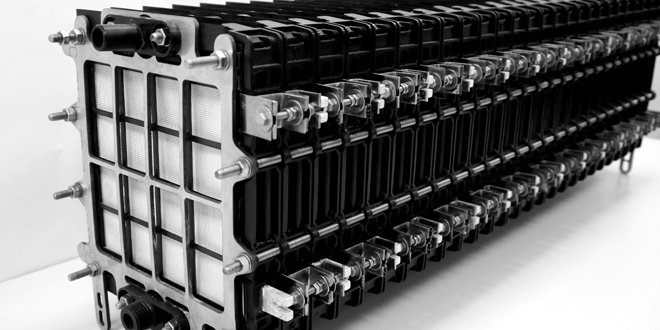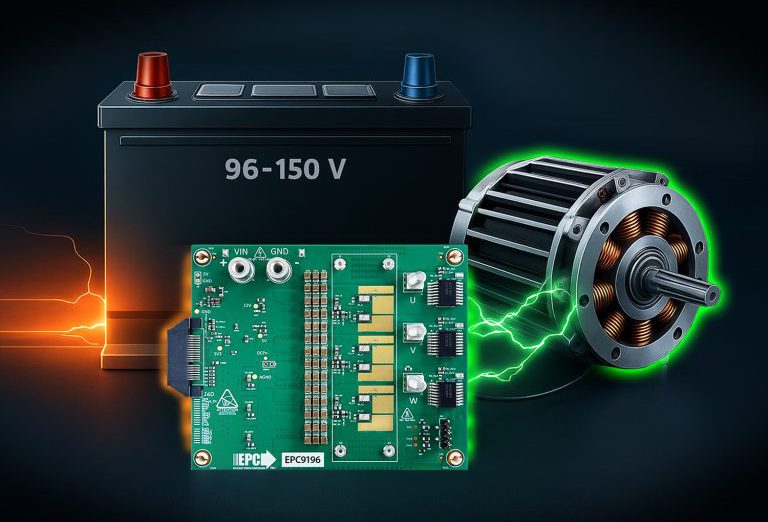The potential of aluminum as an energy storage medium is no secret – you may have seen the internet videos showing how to make a crude battery from aluminum foil, charcoal and salt. However, a company called Phinergy has a much grander (and hopefully more practical) vision. The Israeli startup has signed a joint development agreement with aluminum giant Alcoa (NYSE: AA) to further develop Phinergy’s aluminum-air batteries.
The companies will collaborate on new materials, processes and components to commercialize Phinergy’s battery, which it claims can be used as a range extender and increase an EV’s range by 1,000 miles. Phinergy’s aluminum-air battery uses water and oxygen from the ambient air to unleash energy stored in aluminum.
“Alcoa’s extensive technical materials expertise, along with our deep roots in bringing new products to market in the automotive industry, were of great interest to Phinergy as its revolutionary aluminum-air battery moves from research to commercialization,” said Alcoa CTO Dr. Raymond Kilmer. “Automotive manufacturers are looking for technologies that enable zero-emission cars to travel the same kinds of distances as gasoline-powered cars. The aluminum-air range extender has the potential to meet that challenge.”
“Electric vehicle adoption has been slowed by the limited range of regular batteries,” said Aviv Tzidon, CEO of Phinergy. “With Phinergy’s technology, and Alcoa’s industrial leadership across both the aluminum value chain and the automotive market, we see an exciting opportunity to help move electric vehicles into the mainstream.”
Source: Phinergy


















































































